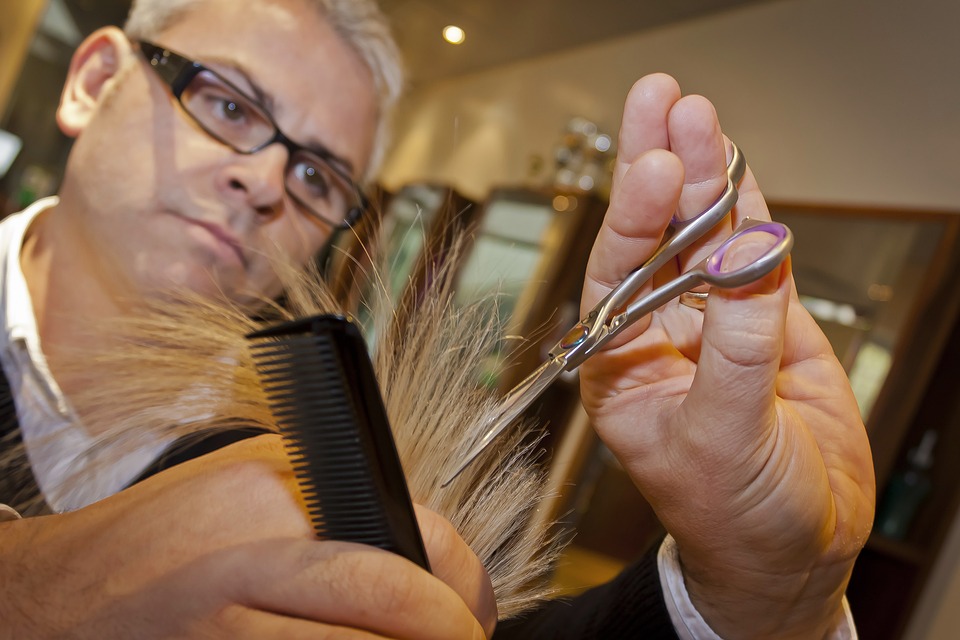Why You Will Want To Try A Dry Haircut
Posted by Brent Riggins on 21st Aug 2019
During your last trip to the hairdresser, you may have noticed that some designers are opposed to tradition when they cut dry hair.
Oh! All you have known is classic washing first, then cutting, forever. What exactly is happening?
Winning a big fan base between designers and customers is dry cutting. Customers love the element of surprise (or anxiety) that is abandoned and instead becomes part of the visual process. Designers discuss how to best customize a cut based on the type and type of client's hair.
When the hair is
wet, it is true that it can be easily molded and manipulated. But it also
covers lights, length and density, which leads to unstable results. Drying is
generally the last step, unless followed by a second coating. If you are caught
in the middle of the right technique for your hair, take a look at the reasons
why the movement could be dishonest with a dry cut.
Last longer
A long lasting haircut? Yes please The stylists interviewed for InStyle Magazine stress that when dry cuts grow, they retain their pleasant shape. This eliminates the need for frequent visits and cuts. Dry-cutting devotees attest that when they go from wet to dry, they save money by going to class less frequently.
Easily identify problem areas
Your hair is more elastic and dense when wet, so your appearance can be misleading in terms of shape, damage, length, color and texture. With so many factors to consider, a dry cut can solve problems when the stylist can see the hair in its natural state, in the same way it sees it at home.

Low maintenance
How many times have you returned home from the living room and tried to recreate your look? It's not that easy, right? Seeing your stylist work with the layers and texture of your hair the same way you see it in the mirror will help you handle it more easily.
Excellent for curls, coils and kinks
Curly-haired girls complain that wet cuts lack stitches or are simply outside because of the structure of their hair.
Wet coils and curls have a different shape than when they are dry, creating opportunities for unpleasant surprises when they return to their natural form.
You may want to try and texturize your hair to as well.
If you have hair like that, then you know that some curls have their behavior. Dry cuts help the stylist identify curl patterns and customize the cut according to the type and shape of the client's hair.
The biggest drawback is finding a hairdresser in your area that really makes dry haircuts. Because the standard taught in schools is wet cutting, rebel teachers can be hard to find. Look for rooms that offer dry cuts or specialized in cutting curly heads. We are not overcoming the proven wet cutting method, but if you want to try a more personalized cut for you, you might prefer a dry cut!
Have you ever had a dry cut before? Do any of you hedgehogs in haircut challenges? Do you prefer wet or dry haircuts? Tell us in the comments!

